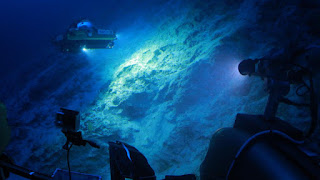4 th Edition of International Young Scientist Awards
Moon The Moon is Earth's only natural satellite and the fifth largest satellite in the Solar System. The average centre-to-centre distance from the Earth to the Moon is 384,403 km, about thirty times the diameter of the Earth. The common centre of mass of the system (the barycentre) is located about 1,700 km—a quarter the Earth's radius—beneath the surface of the Earth. The Moon makes a complete orbit around the Earth every 27.3 days (the orbital period), and the periodic variations in the geometry of the Earth–Moon–Sun system are responsible for the phases of the moon, which repeat every 29.5 days (the synodic period). The Moon's diameter is 3,474 km, a little more than a quarter of that of the Earth. Thus, the Moon's surface area is less than a tenth that of the Earth (about a quarter the Earth's land area, approximately as large as Russia, Canada, and the United States combined), and its volume is about 2 percent that of Earth. The pull of ...
